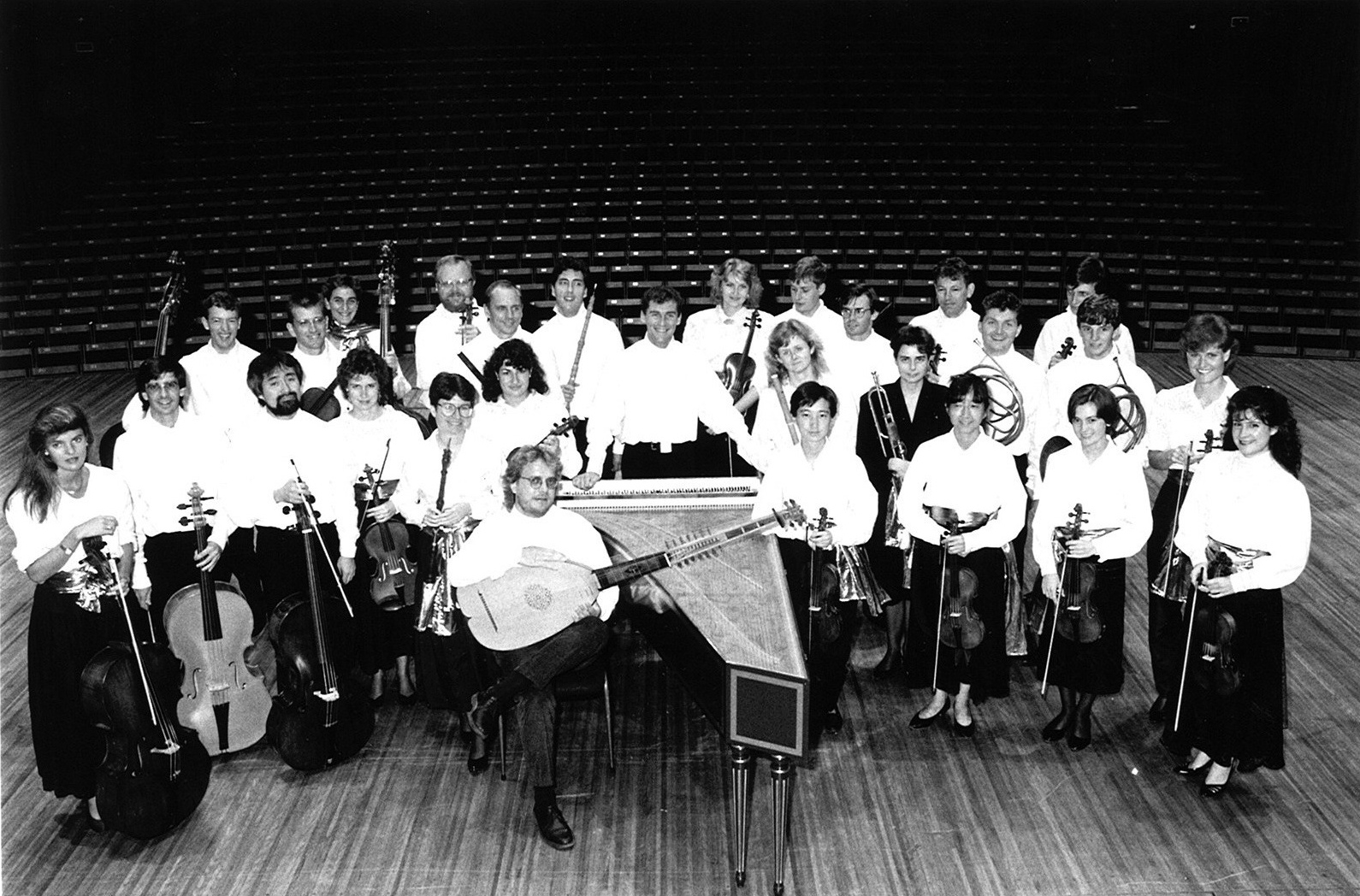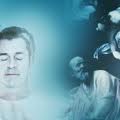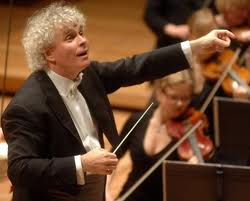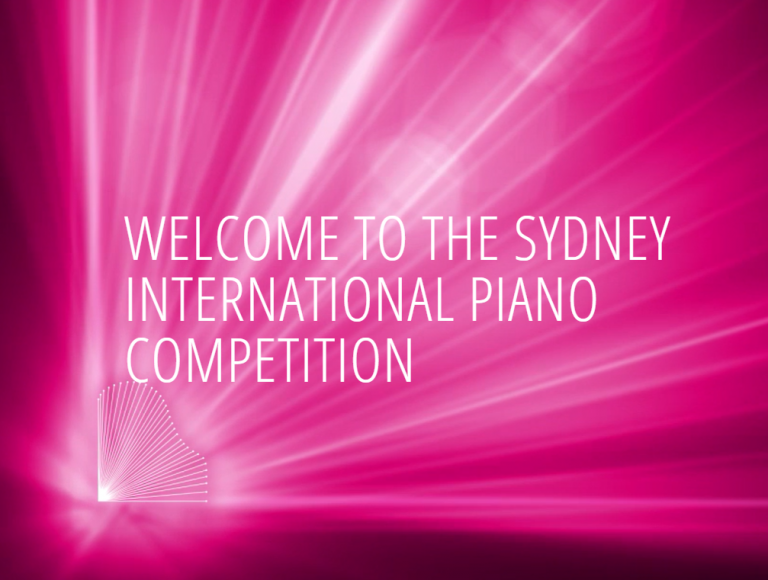Baroque To The Future: Paul Dyer Looks Back And To The Future With The Australian Brandenburg Orchestra
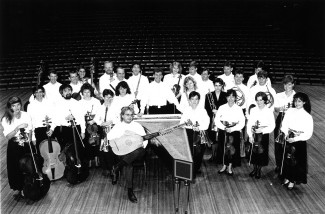
Paul Dyer, AO is sitting in the Sydney offices of the Australian Brandenburg Orchestra, reminiscing about the very first concert given by the pioneering ensemble.”It was January 1990, we launched at the Sydney Opera House and the natural horn was the very first sound of the Brandenburg. It was a Duo for Two Horns by Mozart and I pushed these two boys out onto the stage before we all came out and I said to them ‘You are going to introduce Australia to the sound of period instruments.'”
This year, the Australian Brandenburg Orchestra which the irrepressible Dyer co-founded along with Managing Director Bruce Applebaum, and of which he continues as Artistic Director, celebrates twenty-five years of performance. It has maintained a rich and varied annual subscription programme, introduced audiences to a wealth of Baroque and early Classical repertoire, employed dozens of gifted ensemble and solo musicians and built up a precious bank of period instruments. The ensemble has commissioned new works, recorded some 18 CDs which have garnered five ARIA Awards and extended their instrumental repertoire to include choral music.
The story of the Australian Brandenburg Orchestra goes back to when Dyer was returning to Australia from Holland after completing his post-graduate studies in the harpsichord. Sacrificing a promising career in Europe, Dyer decided that establishing Baroque music in Australia was his calling. Together with Bruce Applebaum, to whose faith he pays tribute, Dyer decided to create an orchestra, and so the Australian Brandenburg Orchestra came into being.

“Whilst I was in Europe” he explains, I was able to witness the incredible orchestras in Europe which had been performing Baroque music for years. It was very popular; people loved the sounds of Baroque music. There was an opportunity to enter a doorway in Australia and inside was not just one floor but about twenty!”
Just three of the original musicians remain with the orchestra, “But” says Dyer, “what we’re seeing now is a second generation of musicians who have their own life as practitioners of their art as well playing with the orchestra.”
Dyer continues to describe the early days of the ensemble. “We had 21 rehearsals for that first concert. It was a while before the musicians even put the strings on the instruments because they were unfamiliar gut strings. I look on now and I see the sophistication of young players – there are two young players who have just joined the orchestra from Holland from where I studied and they are worlds apart from where I started. I’m just so thrilled that we have created a wonderful opportunity for musicians to have employment and for audiences to receive this beautiful music -Baroque music has been around for 300 years so it’s there for a reason. “
Dyer found that his audiences very quickly took to Baroque music. Still, he says he wanted to reach beyond established fans. ” I didn’t want to preach to the converted. I wanted to get out to people who didn’t know about classical music and that’s still my big aim – to do that with young people and people who don’t know about classical music – who think that classical music as a genre might be elitist, untouchable, foreign, dull. I believe that Baroque music is the perfect access point into classical music -it’s in shorter bursts and its easier listening. “
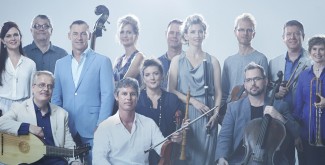
The ensemble has survived the vagaries of a global financial crisis, the unpredictability of the box office and of government funding. With Dyer’s creativity complemented by Applebaum’s business acumen, the faith they have placed in each other has paid off and made the tough times worthwhile. “I just love Bruce’s faith in me and my faith in him. It is an absolute joy to see the audience reaction – I receive weekly letters, I get stopped randomly in the street by strangers, who simply want to tell me what a beautiful experience they’ve had – it’s a wonderful gift for me to receive. It’s not just the love of my craft but also the board of the orchestra with the management team led by Bruce and all the artists who have worked for the Brandenburg over the last 25 years who have made it a success. That’s why we’ve survived. “
Over the years, the Australian Brandenburg Orchestra has performed an extensive repertoire of music with an array of extraordinary musicians. Mysliveček to Mozart, Porpora to Purcell, Zelenka and Veracini, Heinechen and Handel, Rossini, Hummel and inevitably, Dyer’s personal favourite, JS Bach – “the closest to our souls.” The repertoire has also embraced the music of contemporary composers like Kats-Chernin. Guest artistes have been draw from the ranks of the orchestra along with other Australian overseas artists – Fiona Campbell, Siobhan Stagg, Christina Leonard, Jamie Hey, Maximilian Reibl, Melissa Farrow, Matthew Bruce, Brendan Joyce, Riccardo Minasi, Gabriele Cassone, Avi Avital, Simone Kermes, Philippe Jaroussky and Kristian Bezuidenhout. All these names stud the programmes of the ABO on numerous occasions. They have also staged an opera and introduced newer instruments like the saxophone and the synthesiser into the mix.
It’s not hard to calculate that over two and half decades, Dyer has curated well over one hundred programmes which simultaneously entertain yet extend. “My premise in programming is that I like to offer people a menu – a smorgasboard from which you take what you want. I am trying now to offer not only Central European music but venturing into other regions of the world. The Baroque was very strong in the Middle East – hence our Turkish programme last year, and the one that we’ve just done – with Circa. Through my research I discovered that the first acrobats were from France and the origins of the circus came from that area. I try to offer one concert a year which is very unusual – it costs a lot of money – but it offers a vision into some other parts of the Baroque as well as expanding our repertoire into the early 19th century to contrast the instruments and music – or with the choir go back in time into the Renaissance. You’ve probably seen that in the Christmas programme each year. I’ve been using the saxophone a lot in recent years, been trying to mesh modern 20th century instruments with old instruments. We’re people of this age – whilst we’re promoting and enjoying music from other centuries, it’s about being current as well” explains Dyer.
Which a touch of regret in his voice Dyer explains that he no longer undertakes regular research trips to Europe – something he did annually for the first 18 years of the orchestra. Increasingly, his resources are on online and along with a network of musicologists and “geeks” around the world who work in libraries and monasteries, Dyer is able to follow trends and source music without venturing too far.
Dyer’s plans for the future include expanding the orchestra’s bank of period instruments which presently number around twenty-five. Amongst them are a cello, four violins and a collection of bows, two horns, percussion instruments, flutes and recorders. “Looking into the future” he says, ” I want to secure the music that we play, to as many people as possible in this country and it doesn’t matter where. I could play in a school gymnasium to 5 a year old, or, as we do, play in retirement villages throughout New South Wales and Victoria; I could play in a mining town in Kalgoorlie or the Sydney Opera House, it doesn’t really matter. I would also like to secure the instruments we work with so we have really top-notch instruments that our people could play, be looked after by this organisation, played by wonderful artists and received by beautiful people in the audience. Musicians don’t earn much money, so to be able to say to them ‘Here’s a little gift for you to play – it’s owned by the orchestra but you can use it for a period of time,’ is a privilege. After the war there was such an incredible migration of Europeans that there could be many instruments in cupboards that would be just perfect for us. We rely on either donors or sponsors helping us out these days – we survive on box office so any purchase of instruments has to be built-in as a strategic plan.”
Continuing on his third long-term objective, Dyer adds “I would also like to see young people to be able to trust that the old music is stunning and beautiful and rich and will help their soul and help their daily being; to explore the wonderful young composers who are doing stuff now and to fuse that with the Baroque.”.
An integral part of building into the future is ensuring that the skills of Baroque performance are maintained and developed. “For that” says Dyer, “I’ve started a programme for my senior musicians – a scholarship fund where they can apply to go away for a period of a couple of weeks to a couple of months. They have to apply for this and show their energy towards this and their itinerary – who they’re going to study with or watch – and really show initiative. So far we’ve had three members of the orchestra take up this opportunity.”
Dyer’s enthusiasm and effervescent touch with his audiences are no less today than when he first started out. They are undoubtedly a vital part of his success. He attributes his survival and that of the ensemble to passion – his passion for the music that he adores, for joy, and to his love of people.”There’s not one day that goes past,” he muses, “when I don’t have my passion for what do. I will be ninety years old and still be promoting this glorious music and the people around me. I love the idea that we can bring music to people that allows them to go into their own zone, their own place. You can be sitting in a concert with anyone but it’s a solo moment – sitting there with your own thoughts.”
Shamistha de Soysa for SoundsLikeSydney©
The Australian Brandenburg Orchestra has released a new CD to commemorate it 25th anniversary Brandenburg Celebrates on ABC Classics (ABC 481 1929).

